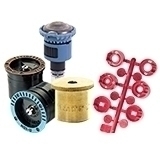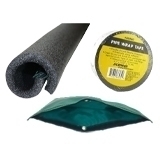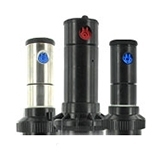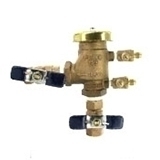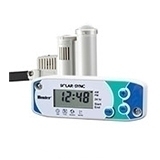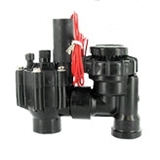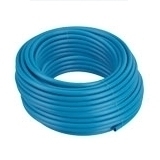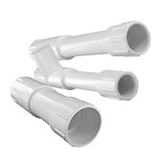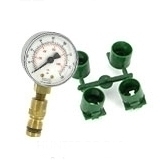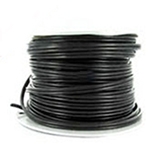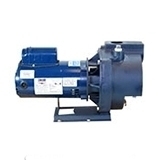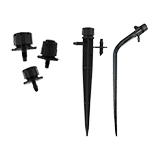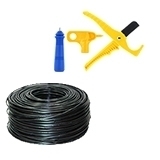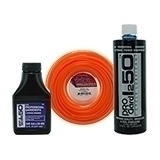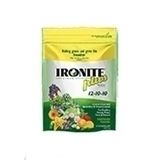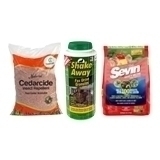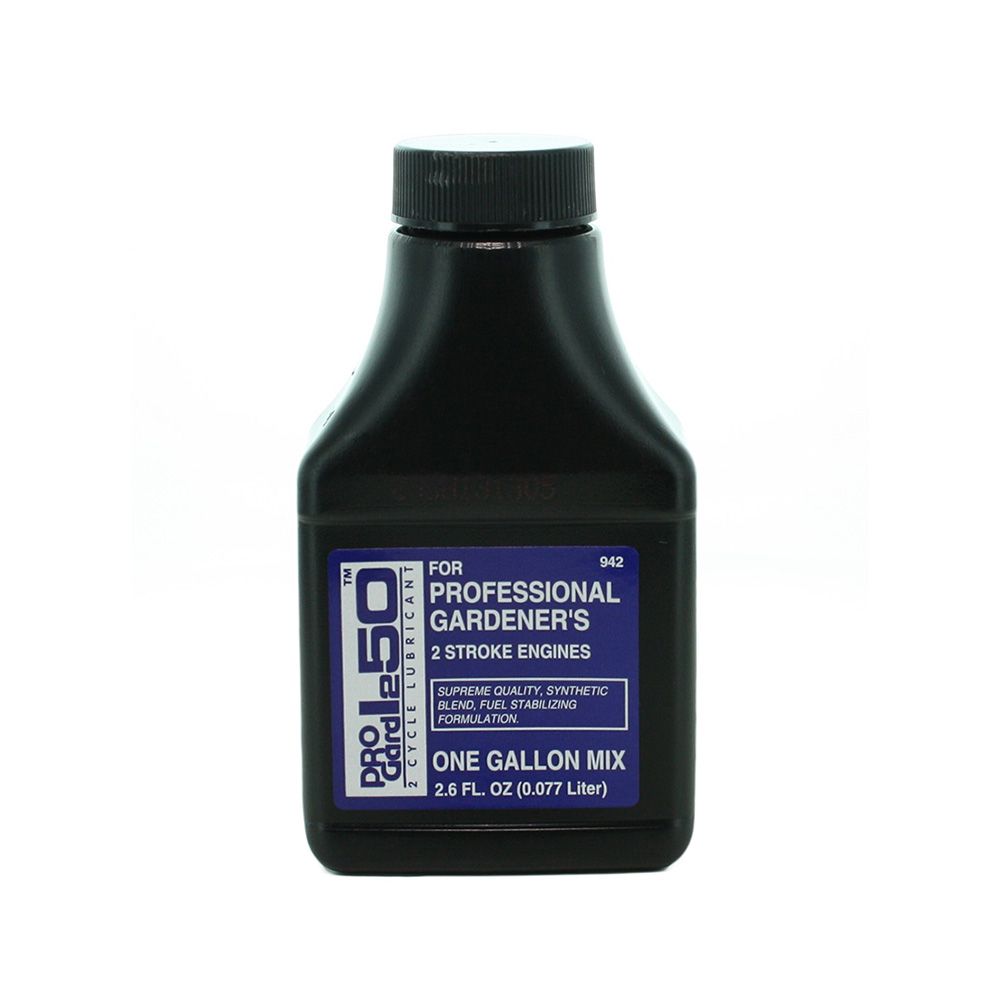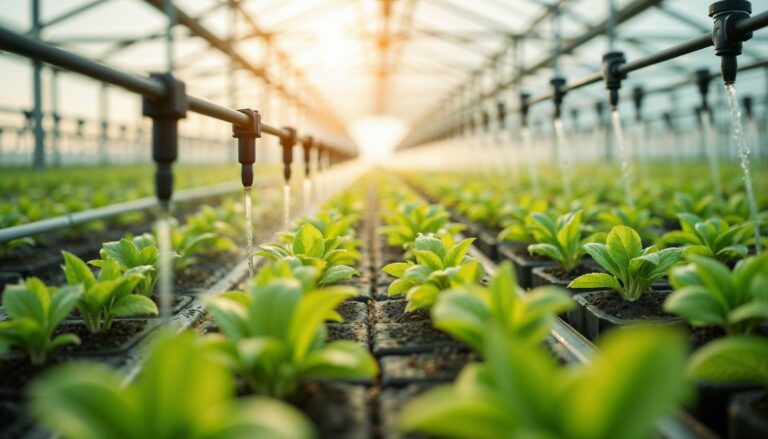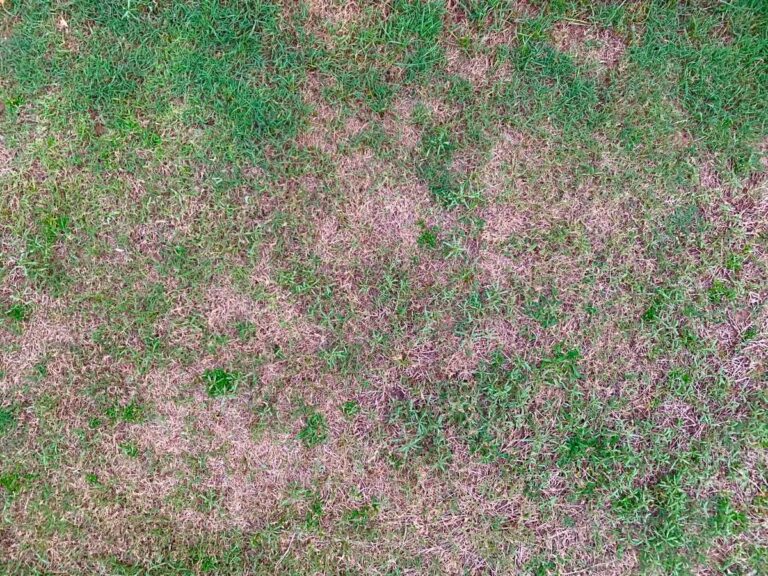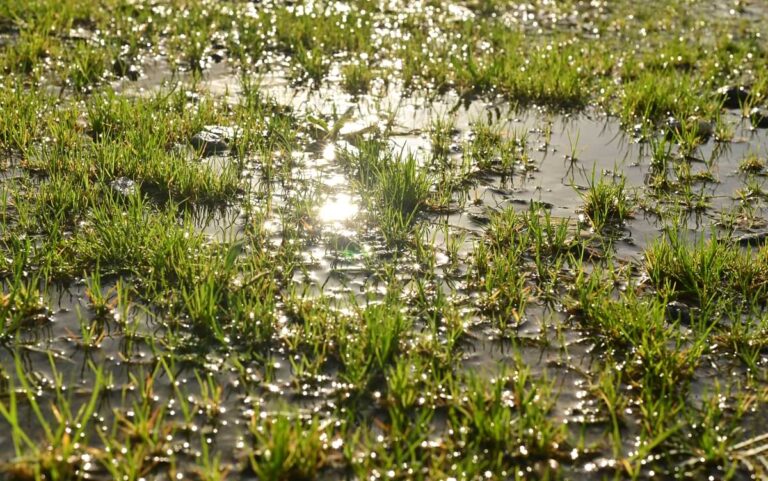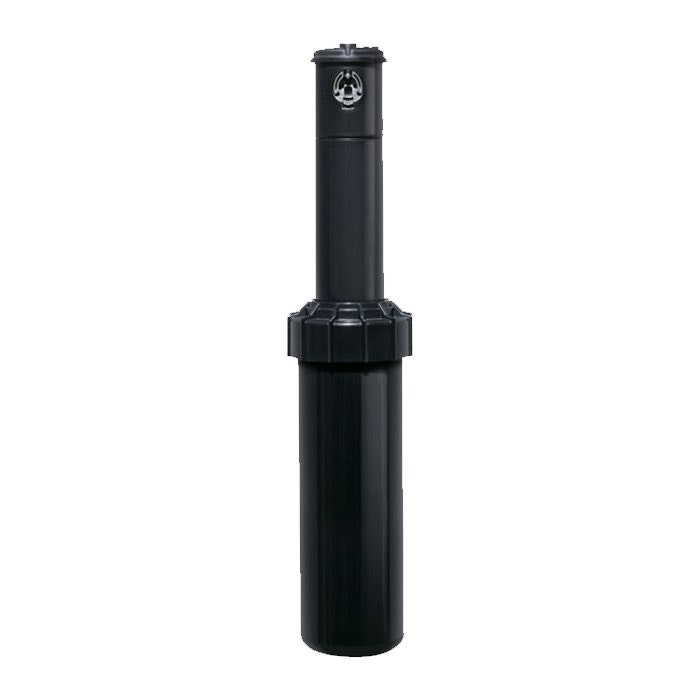Table of Contents: Garden Hose Guide
How to Choose the Best Garden Hose
A garden hose is an essential tool for any home gardener, landscaper, or homeowner who wants to keep their plants hydrated and lawn looking lush. Whether you’re wondering how long to water your plants, what length of hose to buy, or how long a hose typically lasts, here’s what you need to know to make an informed decision.

How Long Should You Water With a Garden Hose?
The time it takes to water with a garden hose depends on several factors, including the water pressure, the size of your plants, and the type of soil in your garden. As a general rule of thumb:
- Lawn Watering: Aim for 1 to 1.5 inches of water per week, which translates to about 30–60 minutes per watering session for most lawns.
- Garden Beds & Flowers: Water deeply but less frequently—typically 10–15 minutes per session, 2–3 times per week, ensuring the soil is moistened to a depth of 6 inches.
- Vegetable Gardens: Some vegetables, like tomatoes and cucumbers, need consistent moisture. Water for 20–30 minutes every few days, depending on the weather and soil conditions.
On top of that, using a hose timer can help you maintain consistency and prevent overwatering or underwatering.
What Length of Garden Hose Should You Buy?
Garden hoses come in various lengths, from 10 feet to 100 feet or more. Choosing the right length depends on your yard size and the distance from your water source.
- 25-foot hoses are best for small patios, balconies, or gardens near a water source.
- 50-foot hoses are ideal for medium-sized yards or small front/back gardens.
- 75-foot hoses are good for larger yards or reaching multiple garden beds.
- 100-foot hoses are best for big yards, farms, or commercial use but can be heavy and harder to store.
If you’re unsure, choose a slightly longer hose, as you can always coil extra length but can’t stretch a short hose.
How Long Do Garden Hoses Last?
The lifespan of a garden hose depends on its material, usage, and storage conditions. On average:
- Vinyl Hose Lifespan: Vinyl hoses last 3–5 years but are more prone to kinks and cracks.
- Rubber Hose Lifespan: Rubber hoses last 5–10 years and are more durable against extreme temperatures.
- Reinforced (Industrial-Grade) Hose Lifespan: Reinforced or industrial-grade hoses can last 10+ years with proper care.
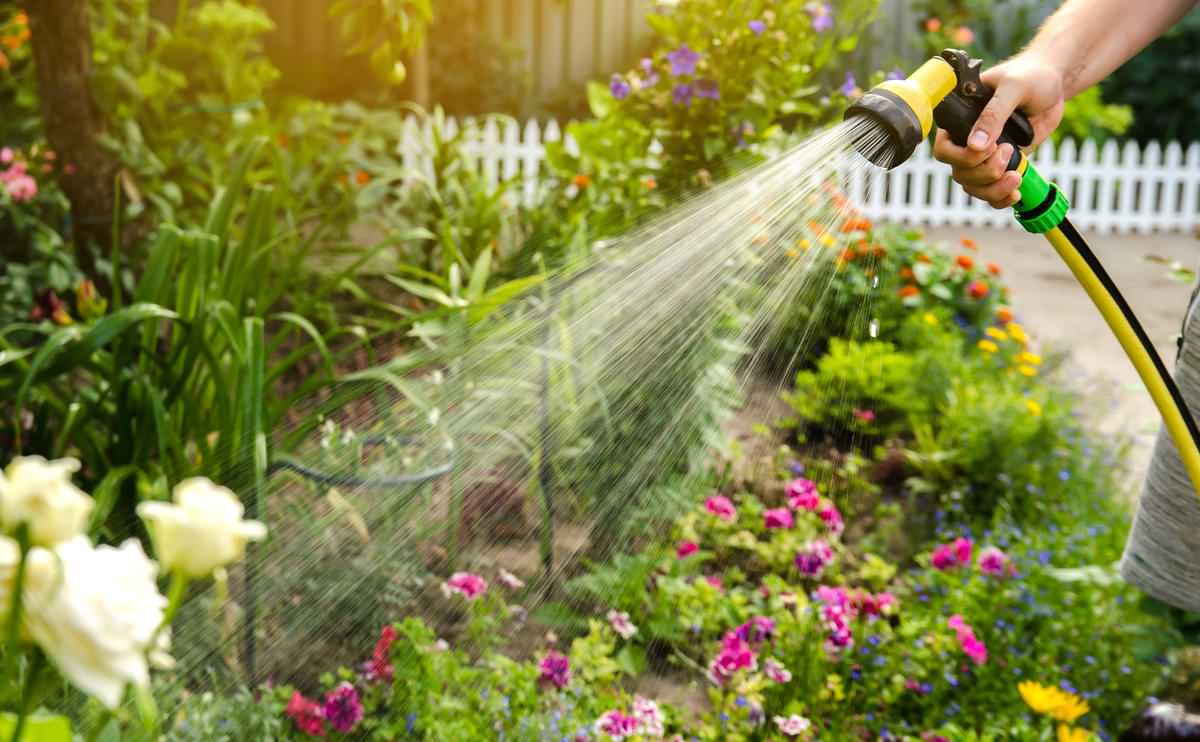
Tips to Extend the Life of Your Garden Hose
A good garden hose is an investment—and with the right care, you can keep it in top shape for years, preventing cracks, leaks, and wear. Here’s how to extend the life of your hose and get the most out of it, season after season.
- Store it Properly: Keep it coiled and off the ground to prevent kinks and UV damage.
- Drain After Use: Standing water inside the hose can cause mold and wear.
- Avoid Sharp Bends: Kinking weakens the hose over time.
- Use a Hose Reel or Hanger: This prevents tangles when stored and prolongs durability.
Features to Consider When Buying a Garden Hose
Not all garden hoses are created equal. Beyond length and material, certain features can make a big difference—whether you need better water flow, added durability, or easier handling.
- Diameter: Standard hoses come in ⅝-inch, ½-inch, or ¾-inch widths. A larger diameter provides higher water flow.
- Nozzle Compatibility: Some hoses include adjustable nozzles, while others may require separate purchases.
- Flexibility & Kink Resistance: A flexible hose with an anti-kink design makes watering easier.
Find the Best Hose for a Lush Lawn and Garden
A garden hose is an investment in your landscaping, and choosing the right one can make all the difference.
By selecting the proper length, using the right watering techniques, and maintaining your hose correctly, you’ll ensure a greener, healthier garden season after season.
FAQs for Best Garden Hoses
What is the best type of garden hose to use?
The best garden hose depends on your needs. For general use, a reinforced rubber hose offers durability and flexibility. Lightweight expandable hoses are great for easy storage, while heavy-duty industrial hoses work well for high-pressure applications. Drinking water-safe hoses are essential for potable water use.
What is the best hose that does not kink?
Hoses labeled as “kink-resistant” or “anti-kink” are designed to minimize tangling and blockages. Rubber hoses tend to kink less than vinyl ones, and reinforced or hybrid polymer hoses provide extra flexibility while resisting twists. Storing the hose properly and using a reel can also help prevent kinking.
Is a Zero-G hose better than a regular hose?
A Zero-G hose is a lightweight, kink-resistant, and crush-proof alternative to traditional hoses. It’s easier to maneuver and store, making it a great choice for those who want a hassle-free watering experience. However, it may not be as durable as a high-quality rubber hose for heavy-duty use.
And if you want to stay up-to-date on the latest Sprinkler Warehouse news and make the most out of all of our one-of-a-kind promotions, join the IrriGator community today. Happy watering, IrriGators!


